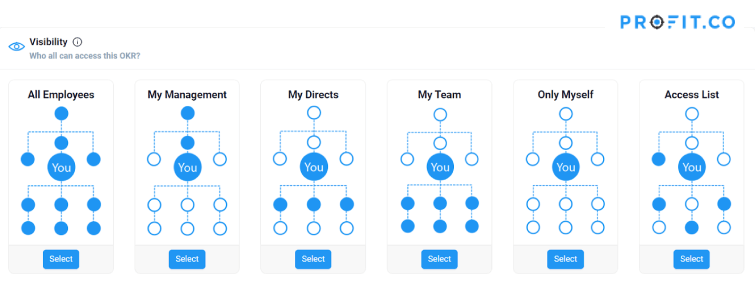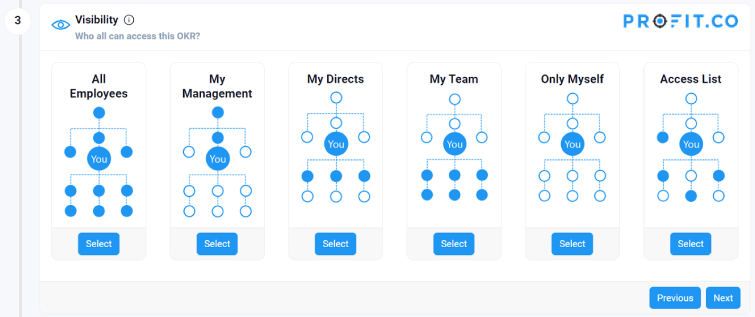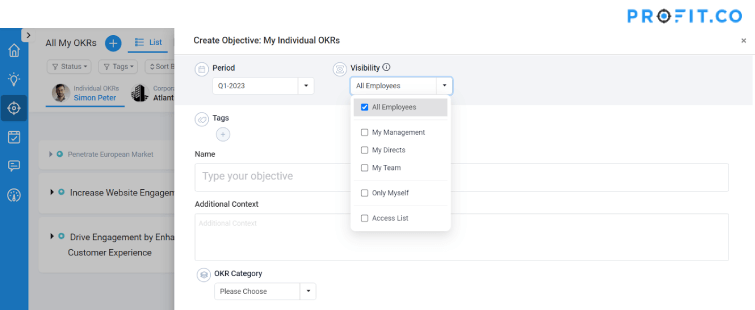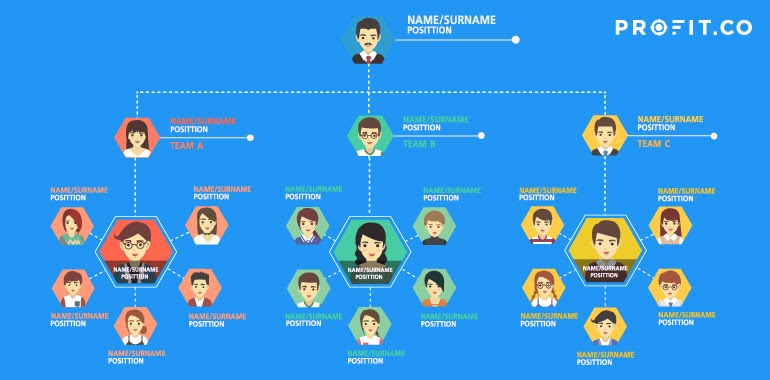The future workplace blends open co-working spaces, offices, and work-from-home is here to stay. The only way to move forward is for Human Resources to integrate telecommuting and remote work with traditional office hours because this promotes accountability, productivity, and transparency. Enter the age of collaborative workspaces or hybrid workspaces.
So what does this mean for companies? What can they do to stay competitive and work toward their goals? OKR (Objectives & Key Results) is one method that makes a big difference. A study by Gartner found that 88% of organizations that use OKRs say they positively impact employee engagement, and 83% say they positively affect employee performance. A study by Harvard Business Review found that companies that effectively use OKRs grow revenue 2.5 times faster and have a 3.6 times higher valuation than companies that do not.
OKRs are the most prominent strategizing goal-setting tool hat allows organizations to align goals and tasks to encourage the employees to work collaboratively by monitoring and appreciating the performance of each other. To maintain transparency among organizations, Profit.co allows OKR visibility at an organization. Profit.co allows OKR visibility at an organizational level such that all stakeholders can view the performance of each other.
At the OKR level an Organization’s commitment to OKRs must be public and visible. As John Doerr said, “Transparency seeds collaboration”, OKRs within an organization must be accessible to all employees. However, there are scenarios where the framework can be more useful in private mode, and during such times the visibility of selected OKRs can be restricted.
Profit.co OKR software is highly customizable and allows different visibility options across the organization

- All Employees – Everyone in the company can see this OKR
- My Management – Only my management can see this OKR
- My Directs – Only employees directly reporting to me can see this OKR
- My Team – Everyone in my organization, either directly or indirectly reporting to me can see this OKR
- Only Myself – These are also called personal OKRs. They don’t count towards the profit score calculations.
You generally want your OKRs to be visible company-wide in the interest of complete transparency. There are certainly reasons to restrict some OKRs to a narrower level of visibility and you decide that based on your circumstances.
Using Step-by-Step wizard:
You will find visibility options in the third step when you create an objective using a step-by-step wizard.


Using Form:
When using the form to create an objective, you will see visibility dropdown.

Note: When you use the ‘quick create’ option, the visibility is set to ‘All Employees’ by default. You can change it by clicking on the edit icon.
Conclusion
Transparency and visibility are essential for organizations in order to build trust and a collaborative work atmosphere among the employees for improving the organization’s productivity. The OKR methodology is the ideal platform that provides all the necessary tools for enabling transparency, visibility and accountability to execute the strategic objectives of progressive businesses.
